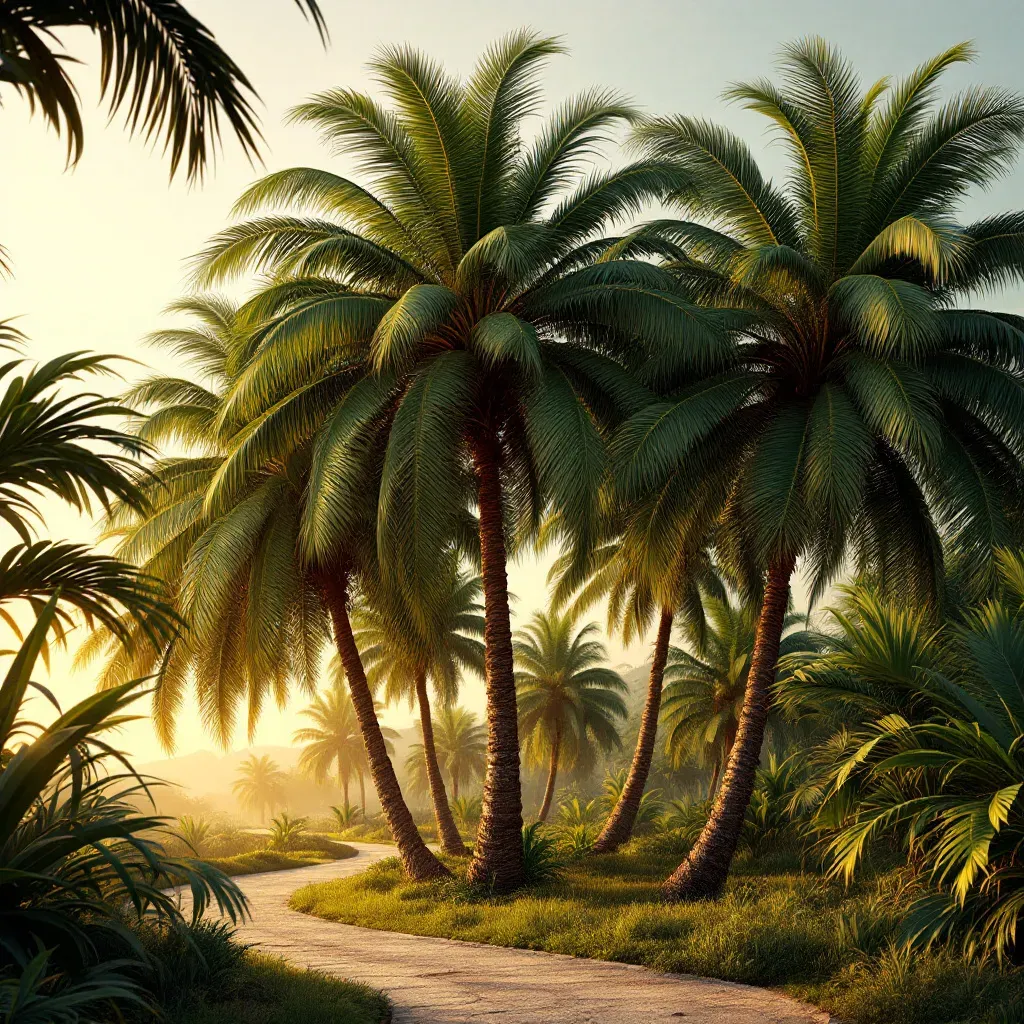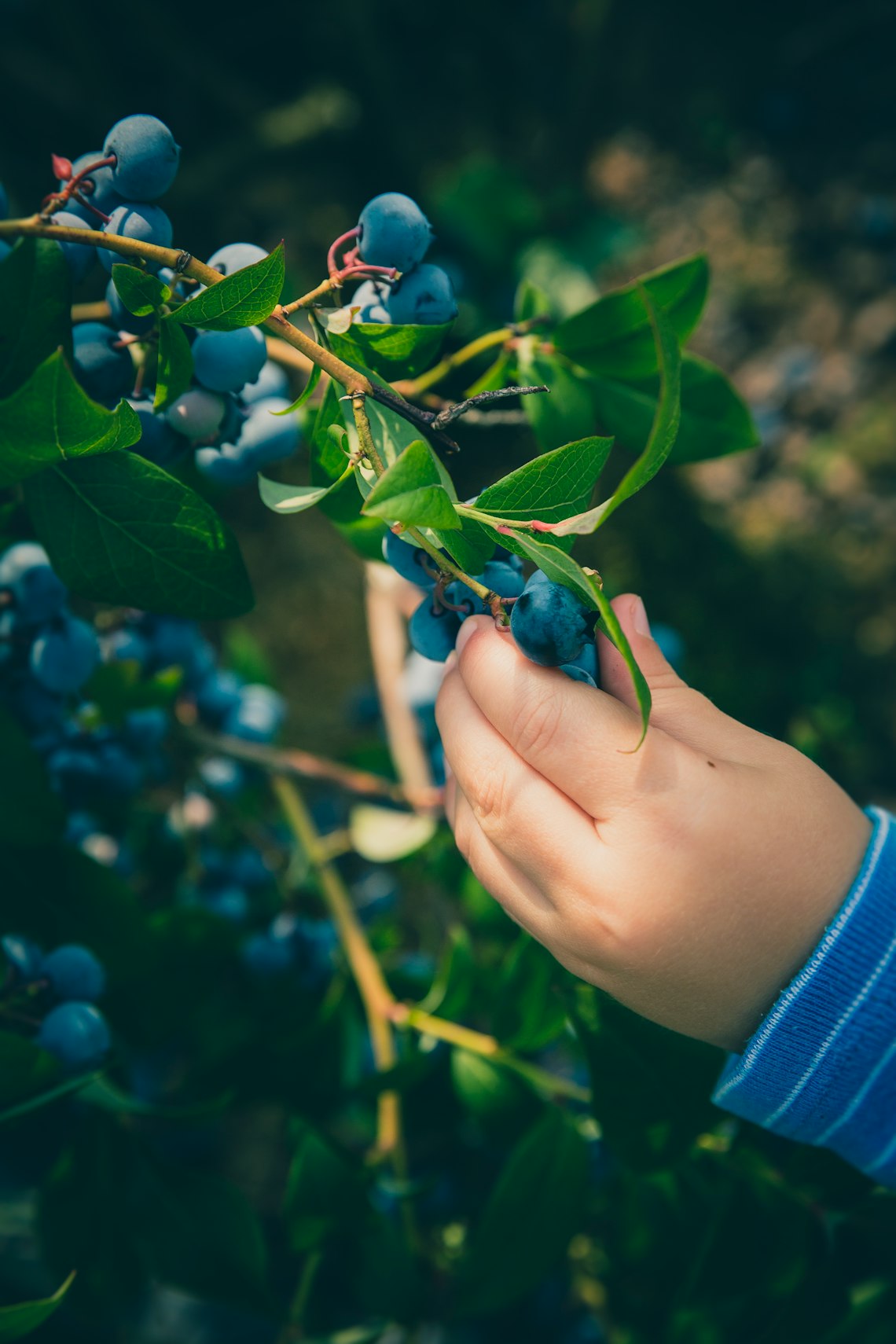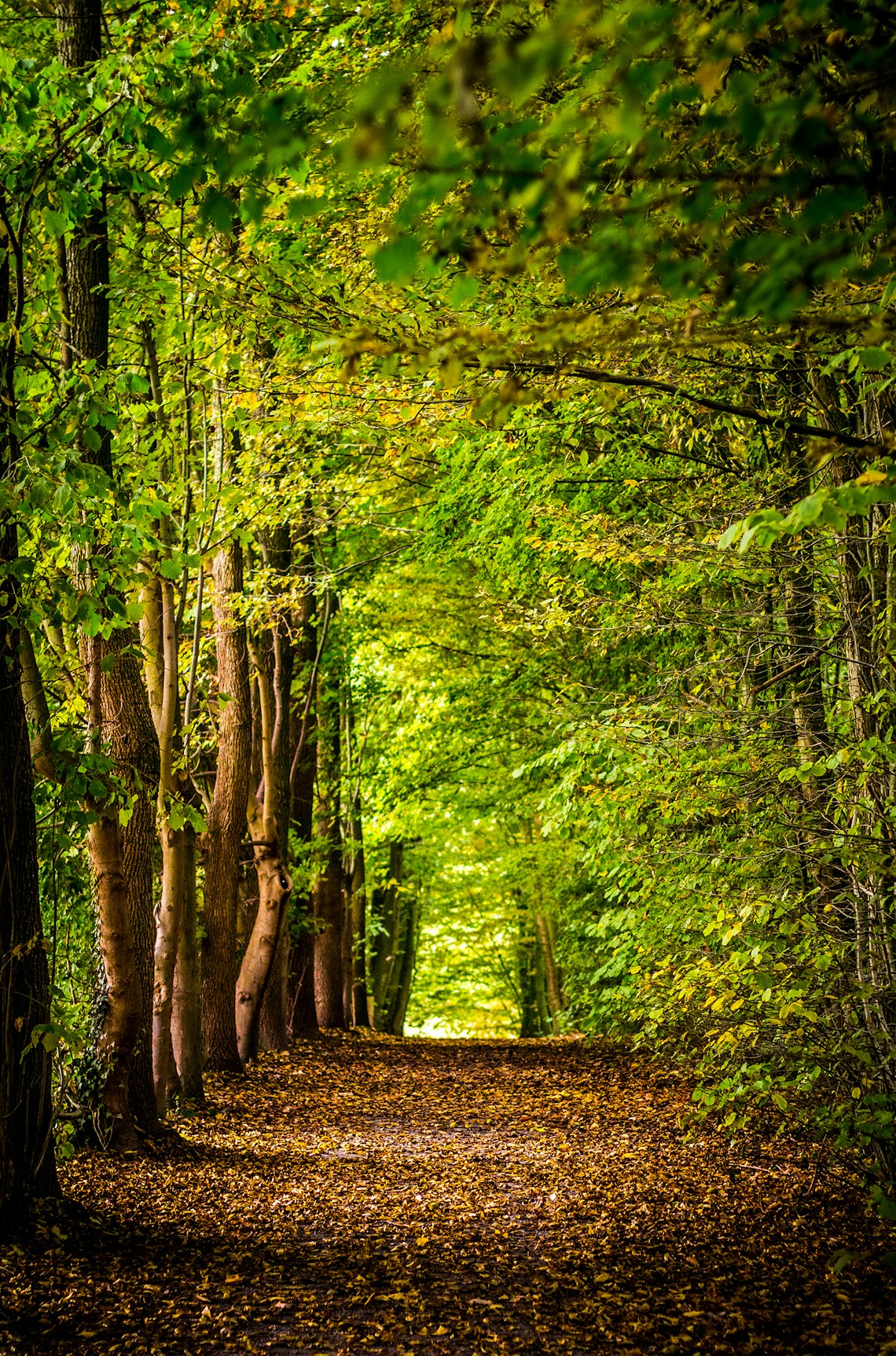Palm trees are iconic symbols of tropical restoration and play a vital role in the health and beauty of island ecosystems. With their towering presence and leafy canopies, these trees are more than just scenic giants; they are essential contributors to biodiversity, climate regulation, and cultural heritage.
Understanding the Role of Palm Trees in Tropical Restoration
The need for tropical restoration has never been more pressing, and palm trees are at the forefront of this environmental endeavor. Their extensive root systems help prevent soil erosion, a major concern in island ecosystems. Additionally, their ability to act as natural windbreakers aids in protecting the flora and fauna beneath their sheltering branches.
Island ecosystems particularly benefit from palm trees as they provide habitat and food for a variety of species. Birds, insects, and mammals rely on palm trees for survival, making them indispensable in maintaining ecological balance.
Palm Oil Alternatives: A Step Towards Conservation
One of the critical challenges faced by these ecosystems is the cultivation of palm oil, which threatens palm tree diversity. Exploring palm oil alternatives is essential in safeguarding these vital landscapes. Products derived from coconut oil, sunflower oil, and other sustainable sources offer promising alternatives.
- Coconut oil: Known for its versatility and health benefits.
- Sunflower oil: A sustainable option high in nutrients.
- Olive oil: A widely available and traditional choice.
These alternatives not only contribute to conservation efforts but also support ethical and sustainable tourism initiatives, attracting travelers who prioritize environmental responsibility.
The Impact of Sustainable Tourism on Palm Tree Conservation
Sustainable tourism plays a pivotal role in the preservation of palm trees. Eco-friendly travel practices encourage the protection of natural habitats and promote awareness about the importance of conservation efforts. Tourism operators are increasingly adopting sustainable practices, such as guided eco-tours and accommodation with minimal environmental footprints.
Visitors are educated on the impact of their actions and how they can contribute positively to tropical restoration. Engaging tourists in palm tree planting activities fosters a deeper connection with nature and supports the revival of island ecosystems.
Biodiversity and Cultural Significance of Palm Trees
Palm trees are deeply ingrained in the cultural fabric of many island communities. They serve not only as a source of materials for crafts and construction but also hold spiritual significance. The conservation of these trees is thus intertwined with preserving the cultural identity of the regions they flourish in.
Integrating indigenous knowledge and traditions in conservation strategies ensures that palm tree restoration efforts are holistic and effective.
In conclusion, palm trees are more than just a visual representation of tropical splendor. They are key to the health of island ecosystems, contribute to biodiversity, and support sustainable tourism. Embracing palm oil alternatives and promoting eco-friendly travel can significantly contribute to tropical restoration efforts. These steps not only help conserve these magnificent trees but also ensure that their cultural and ecological significance thrives for future generations.




